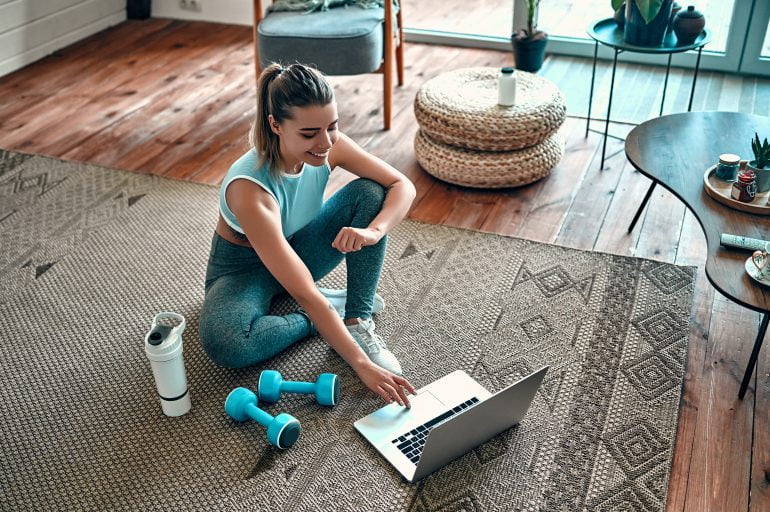
There are three ways to break down anxiety symptoms: Physical Symptoms, Thoughts, and Behaviors. Below are quick life hacks for the physical symptoms of anxiety.
Physical symptoms are the sensations in your body when you are feeling anxious. They include but are not limited to shortness of breath, increase in heart rate, sweating, feeling dizzy, hot/cold flashes, muscle tension, tunnel vision, or feeling like you are in a daze.
Taking controlled, steady breaths to a specific count (such as breathing in for 4 seconds, hold for 1 second, and exhaling for 4 seconds) for 20 breaths is highly effective. When we are anxious, we tend to breathe too shallow (unconsciously) and this can trigger the Bohr Effect, which can trigger anxiety/panic. Slow, steady breaths to a count reverse this effect.
In short, anxiety breathing (taking shallow breaths, unconsciously) changes the pH balance of the blood. When we are sitting and breathing too quickly, excess carbon dioxide is released, and our blood pH changes. Moving around or sudden exercise generates lactic acid, which will bring the pH balance back to neutral. The more the body has to work, the greater the effect. If you can, trigger the big muscle groups by doing body squats or push ups. Or if possible take a brisk walk.

When we are anxious, our muscles naturally tense up. This tension contributes to a feedback loop in the brain that says if the muscles are tense, there must be a reason to be anxious. To stop this feedback loop, intentionally focus on a muscle group (like your legs) and constrict the muscles for 20 seconds, then wait 15 seconds before constricting a new muscle group (or the same one if you’re really feeling anxious). Try to do this one muscle group at a time, working from your feet to your face. Your muscles will automatically be less tense afterward, and the feedback loop is interrupted.
This skill is most helpful when you are anxious, but feel as though you are in a daze, or disconnected from your environment. The goal is to feel present again. There are many types of grounding skills. One to try is called 5-4-3-2-1. To yourself (or out loud if you can) name 5 things that you can see. Try to be as specific as possible. For example, if you notice a rug, try to zero in on a particular section of the rug. Next is 4 things you can hear, (same idea, be as specific as possible), then 3 things you can touch (actually touch the object), then 2 things you can smell, and 1 thing you can taste (or imagine what it would taste like). The goal with 5-4-3-2-1 is to be as specific as possible to ground yourself into the moment. Don’t rush it!